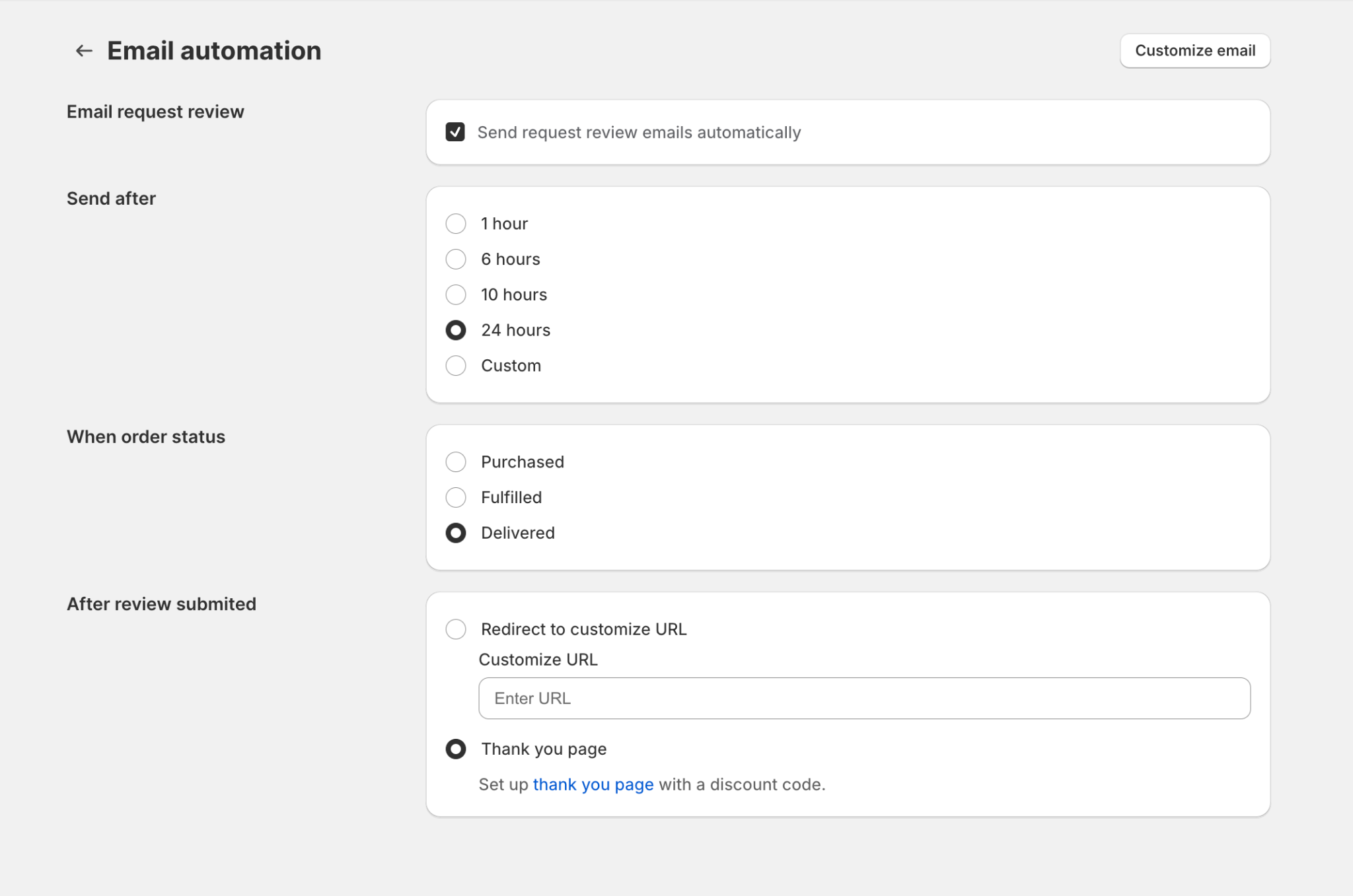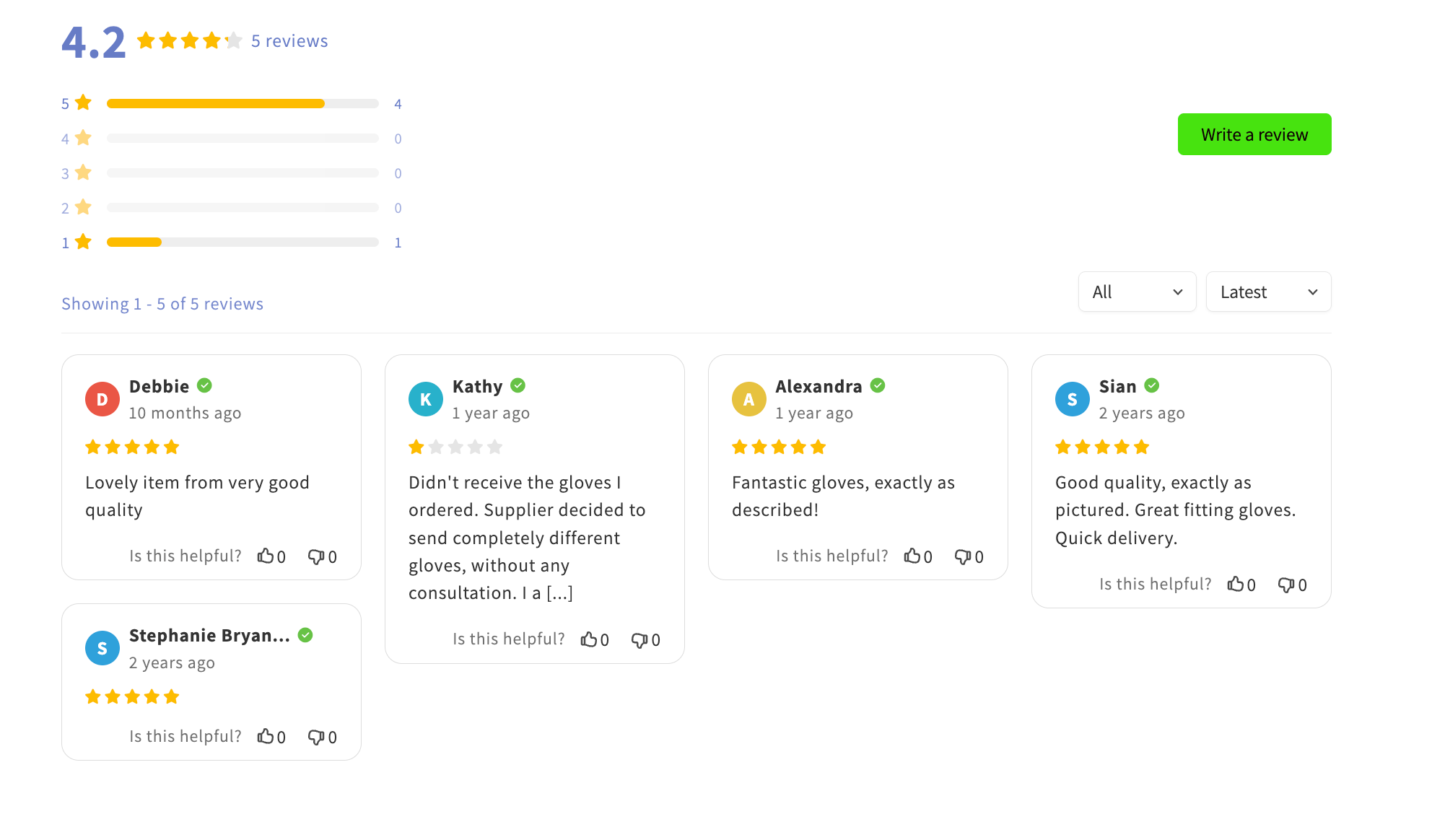
In eCommerce, product reviews are the lifeblood of trust. Shoppers don’t just want to hear from brands, but they want to know what other real people think. In fact, surveys consistently show that over 90% of consumers read online reviews before making a purchase decision. However, collecting those reviews can be tricky. Ask too little, and you won’t have enough social proof to build trust. Ask too aggressively, and you risk annoying customers or even turning them away.
The challenge, then, is striking the right balance: how can you encourage customers to share their feedback without overwhelming them? Reviews are essential as they improve credibility, boost conversions, enhance SEO visibility, and provide feedback for growth. But to maximize these benefits, businesses must find a way to request reviews in a way that feels natural, respectful, and convenient.
Collecting reviews is both an art and a science. The best approaches don’t just ask for feedback. They also build it seamlessly into the customer journey so that leaving a review feels easy and rewarding. Below are proven best practices that can help you gain more authentic reviews without irritating your customers.

When and how you ask for reviews often matters more than the request itself. Ask too soon, and customers haven’t had enough time to use your product. Ask too late, and the excitement has faded. The right timing makes your request relevant and considerate, increasing the chance of a response.
Best practices for timing:
Even if customers want to leave feedback, they won’t bother if the process feels complicated. A smooth, frictionless review flow shows you value their time. Reducing barriers and offering a one-step experience increases both participation rates and the quality of reviews.
How to simplify the process:
A generic “Leave us a review” feels cold and transactional. Personalization, on the other hand, shows that your brand recognizes the individual and their unique purchase. By addressing customers by name, mentioning the product, or thanking them sincerely, you create a human touch that makes the request feel genuine.
Ideas for personalization:
Customers often need a little nudge to take action. While you can’t and shouldn’t “buy” reviews, offering small incentives makes leaving feedback feel more rewarding. The secret is to position incentives as a thank-you rather than a bribe, keeping the process transparent and authentic.
Smart incentive ideas:
Not every customer engages in the same way. Some are responsive to emails, while others might prefer SMS or even reminders on the thank-you page. By diversifying your communication channels, you ensure your request reaches people where they are most comfortable.
Possible touchpoints:

Customers want to feel that their voices are heard. When you showcase reviews on your website or social media, it validates their effort and encourages others to contribute. Highlighting authentic voices also doubles as powerful social proof, motivating potential buyers.
Ways to showcase reviews:
Too many reminders can backfire, making customers feel pressured or even irritated. Respecting boundaries is about limiting follow-ups, spreading out requests, and offering opt-out options. This way, your customers stay open to future interactions instead of tuning you out.
How to avoid crossing the line:
Engagement doesn’t end once a review is collected. Responding shows you value customer feedback and are committed to improving. When shoppers see your brand actively addressing both praise and complaints, they feel more encouraged to share their own experiences.
Tips for responding effectively:
Reviews don’t have to be limited to the product itself. You can gather feedback at different touchpoints, like after a support interaction or subscription renewal. This approach not only gives you richer insights but also makes the act of reviewing less demanding for customers.
Additional opportunities:
Automation can help scale your review collection, but over-automation risks making your requests feel robotic. By combining automation with personalization, you get the efficiency of technology with the warmth of a human approach.
Best practices for automation:
Collecting reviews is easier when you have the right tool to handle requests, display feedback, and keep the process smooth for customers. Ryviu is designed to make review collections seamless while respecting your buyers’ experience.

Here’s how it can support your store:
Collecting product reviews doesn’t have to feel like chasing your customers. When you focus on the right timing, keep the process simple, and show genuine appreciation for feedback, reviews become a natural extension of the shopping experience rather than a burden. Every review you earn builds trust, strengthens credibility, and gives you valuable insights to improve your business.
Instead of asking harder, the key is to ask smarter, using respectful reminders, multiple channels, and automation that still feels personal. Tools like Ryviu can make this process seamless, but ultimately, it’s about showing customers that their voices matter. When customers feel heard and valued, they’ll be more than willing to share their experiences, and that’s what turns one-time buyers into long-term advocates.